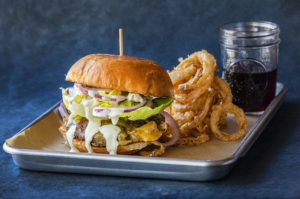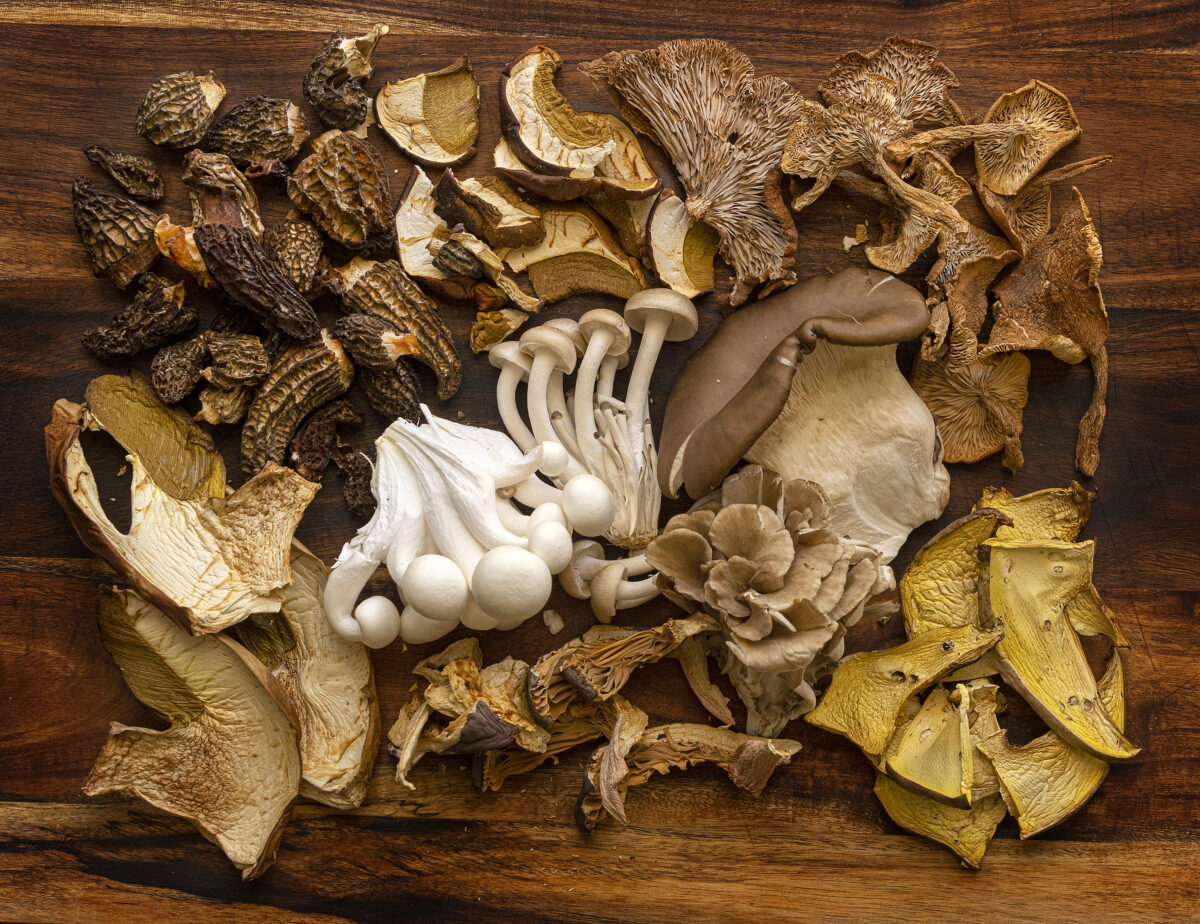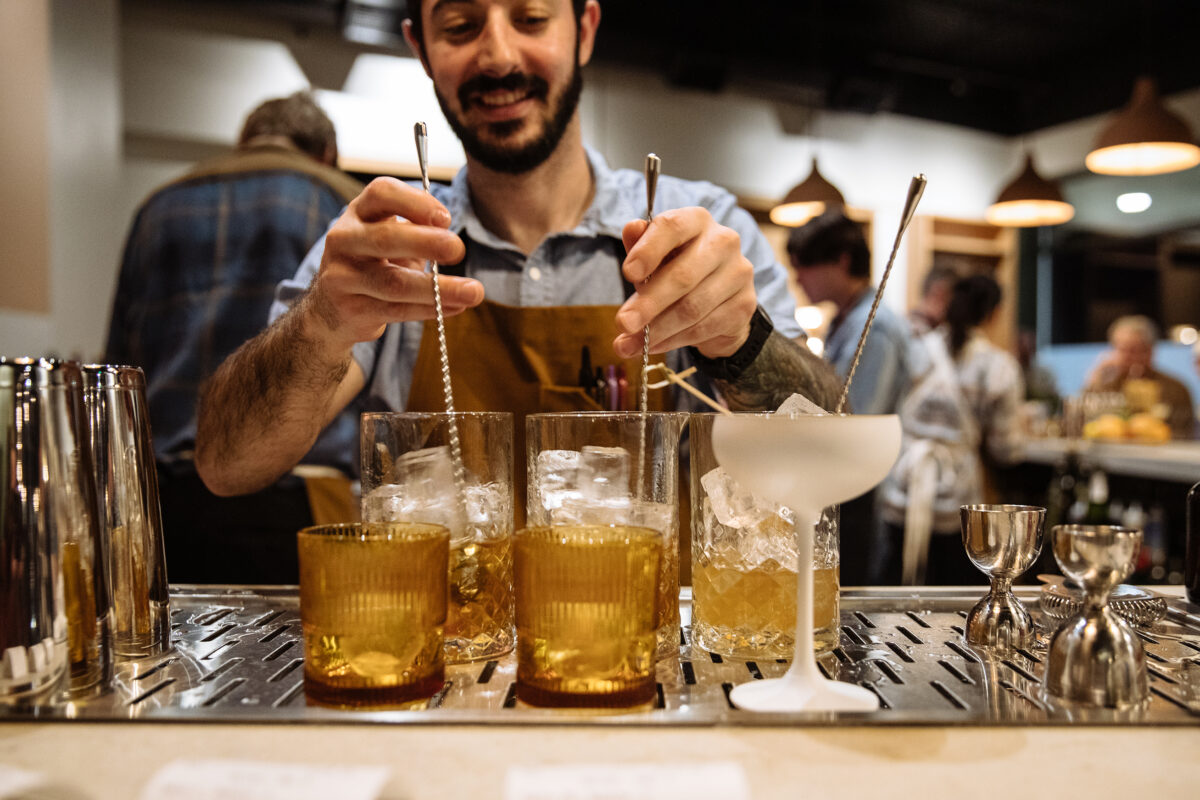It’s time once again to peer into the crystal ball and see what the new year will bring to our tables.
Part trend watching, part guesswork, our predictions for what we’ll be eating and drinking in 2023 have a lot to do with ideas that have gained traction in 2022, plus shifts in how we view food, dining and sustainability.
In 2022, plant-based foods had a breakout year as meatless eating hit the mainstream. The effects of the pandemic on the workforce continued to plague restaurateurs, too, while luxury dining maintained its foothold and mocktails went prime time.
We’ll see all those trends gain even more momentum as economic and environmental challenges influence supply chains. Here are some of the innovations I predict will continue in 2023, finding new audiences or becoming significant trends for Sonoma County diners.
Food in the metaverse
Robots in the kitchen, fantasy food created by artificial intelligence and TikTok food trends are surging forward for 2023.
Sure, foams, liquid nitrogen and other molecular gastronomy still have a place in the high-end culinary world, but typical diners are looking to their computers for recipe inspiration and international food trends. We sift through stunning images of unreal foods generated by AI robots to whet our appetites.
An Israeli journalist recently used an AI-image generator to create his own version of sufganiyot (jelly doughnuts for Hanukkah) that look like something out of Wonderland. He hopes eventually to create real versions of the doughnuts.
Restaurateurs are using computers to create recipes and track inventory as well as optimize workflow with limited staffing.
TikTok trends like the butter board — a charcuterie board filled with flavored butters and decorated with salts and spices — have become viral must-try activities. Cloud bread, a simple three-ingredient bread, was the top 2022 trend on TikTok with 3.4 billion views.

The damp lifestyle
Somewhere between heavy drinking and teetotaling is moderate and mindful drinking. More cocktail lists are including low-alcohol or nonalcoholic drinks that are every bit as creative and crafty as their boozier siblings.
The recent opening of Luma (50 E. Washington St., Petaluma, 707-772-5037, lumaeatery.com) featured an extensive menu of nonalcoholic mocktails infused with high-octane flavors including the Dreamsicle, made with orange juice, coconut cream and vanilla syrup, and the Green Meanie with pineapple, mint, cilantro, jalapeño and seltzer.
Fake meat is out
But sustainable meat is in. After a surge of initial interest in Beyond and Impossible burgers, the novelty is wearing off and consumers are dubious about the actual benefits of the much-touted meat replacements.
To taste like meat, plant-based ingredients are highly processed, but they aren’t necessarily holding up to the promise of healthier-for-you foods aimed at omnivores.
Sustainably raised local meat is becoming more popular (even as local slaughter facilities struggle), with players like Stemple Creek Ranch in Tomales (stemplecreek.com) or Panizzera Meat Co. (3905 Main St., Occidental, 707-874-9770, panizzerameatco.com).

Eating for the planet
The connection between food and climate is unmistakeable, and people are finally paying attention. In Sonoma County, an estimated 45,500 tons of food waste end up in our landfills, according to the Sonoma County Food Recovery Coalition.
Carbon emissions from transporting food, pesticides and the toll of industrial farming are increasingly changing what we eat. Local and seasonal produce are becoming more important to consumers, especially those looking to meatless diets to ease the nip of inflation.
Climate-conscious brands — some using food-production by-products like vegetable pulp, ugly or bruised fruit and spent grains — are teaching consumers about the massive amounts of commercial waste by making tasty snacks, flours and sweets. Check out The Ugly Company (theugly.company), which transforms bruised fruit into healthy snacks.
Dates, specifically, are having a moment as the sweet but sustainable alternative to honey or sugar. Bee colony collapses and the nutritional void of sugar have consumers looking for a 1-to-1 sweet replacement that tastes good. Locally, there are plenty of sustainably maintained bee colonies and great regional honey, including Hector’s Honey Farm (year-round at local farmers markets).
Kelp is another sustainable product that reduces carbon emission, is nutritious and is easily grown. Watch for more kelp farming and kelp-based foods in 2023. Check out Heidi Herrmann’s Strong Arm Farm products (strongarmfarm.com) for sustainably sourced dried seaweed from Sonoma County.
Dehydrated foods that can be turned into a meal by adding water are both eco-conscious (less weight for transport) and shelf-stable. In 2023, you might see even more sauces, stews and other foods that can be quickly hydrated.

Ingredients to watch in 2023
Tamarind: This tart and tasty fruit is popular in Mexico but grows in most tropical climates and is often featured in Indian and Asian cuisine. Try Tamarind BBQ Prawns at Stark’s Steak and Seafood (521 Adams St., Santa Rosa, 707-546-5100).
Yaupon: This herbal tea has been used for centuries by indigenous Americans as a stimulant (it has caffeine). The native plant has a citrus flavor that’s easy on the stomach and won’t give you the jitters. (Find it at Whole Foods.)
Avocado oil: A high smoke point and good fatty acids are bringing this oil to the forefront. Most specialty grocers carry it.
Mushrooms: This is the super food of the moment, despite being anything but new. Fungi have a variety of health benefits and are becoming popular as more than a pizza topping. Look for dried mushroom jerky or mushroom teas at Jewels of the Forest (177 Pleasant Hill Ave. N., Sebastopol, 707-326-6308).















